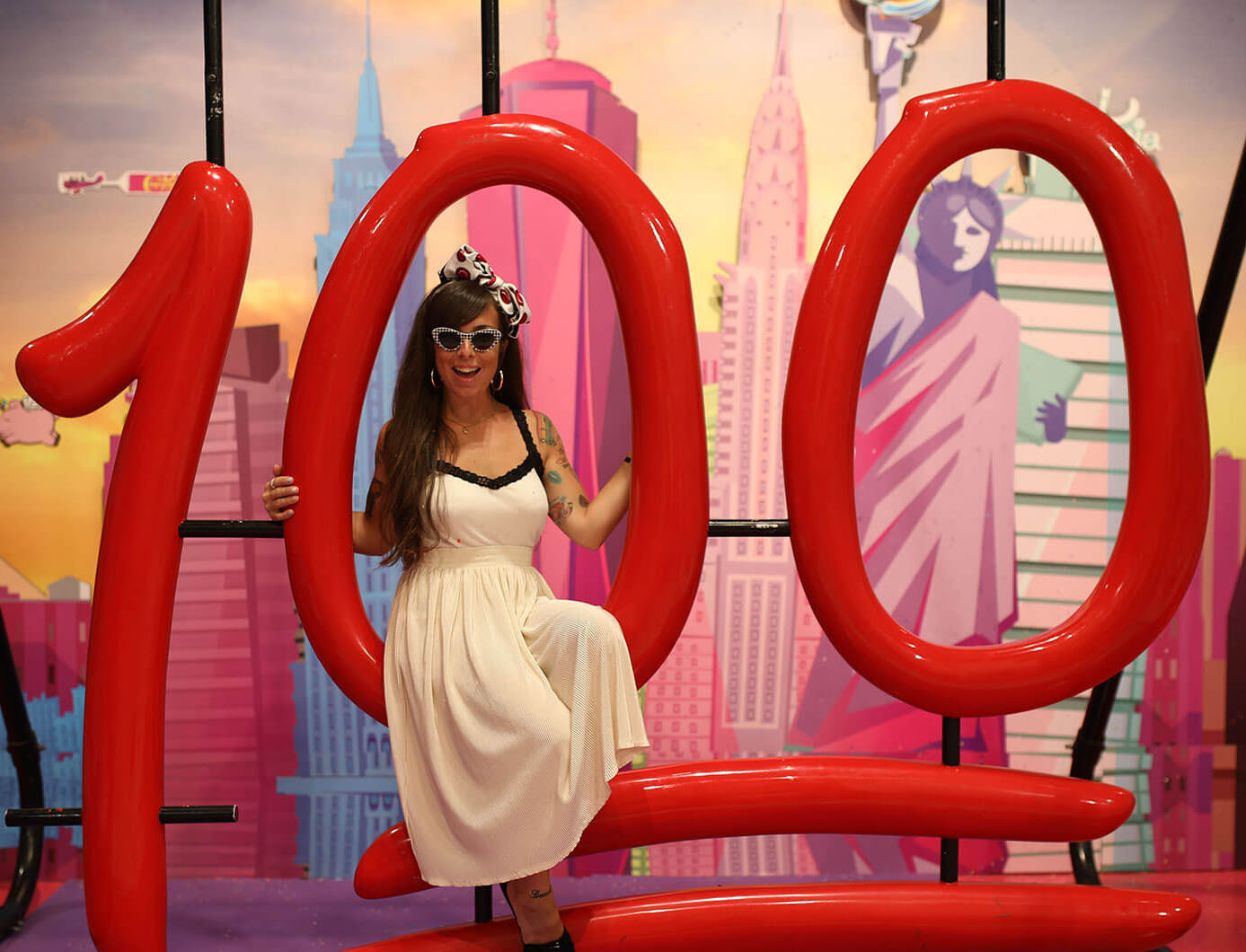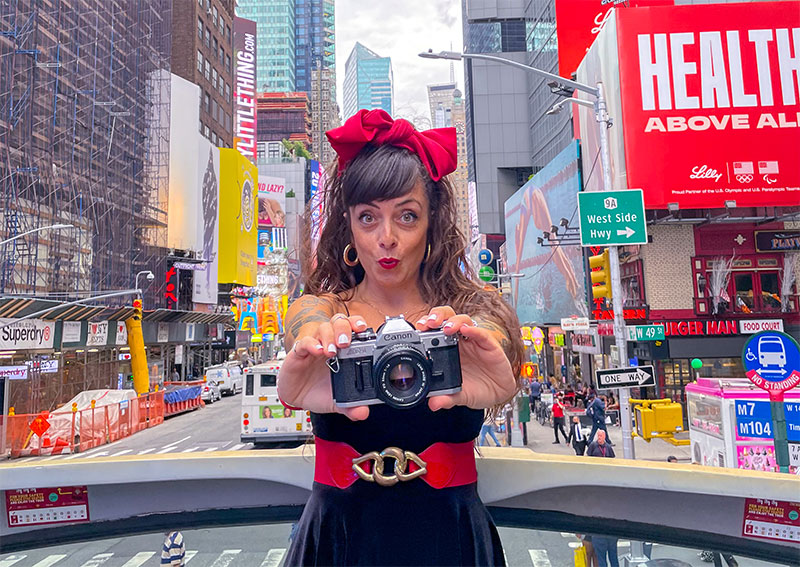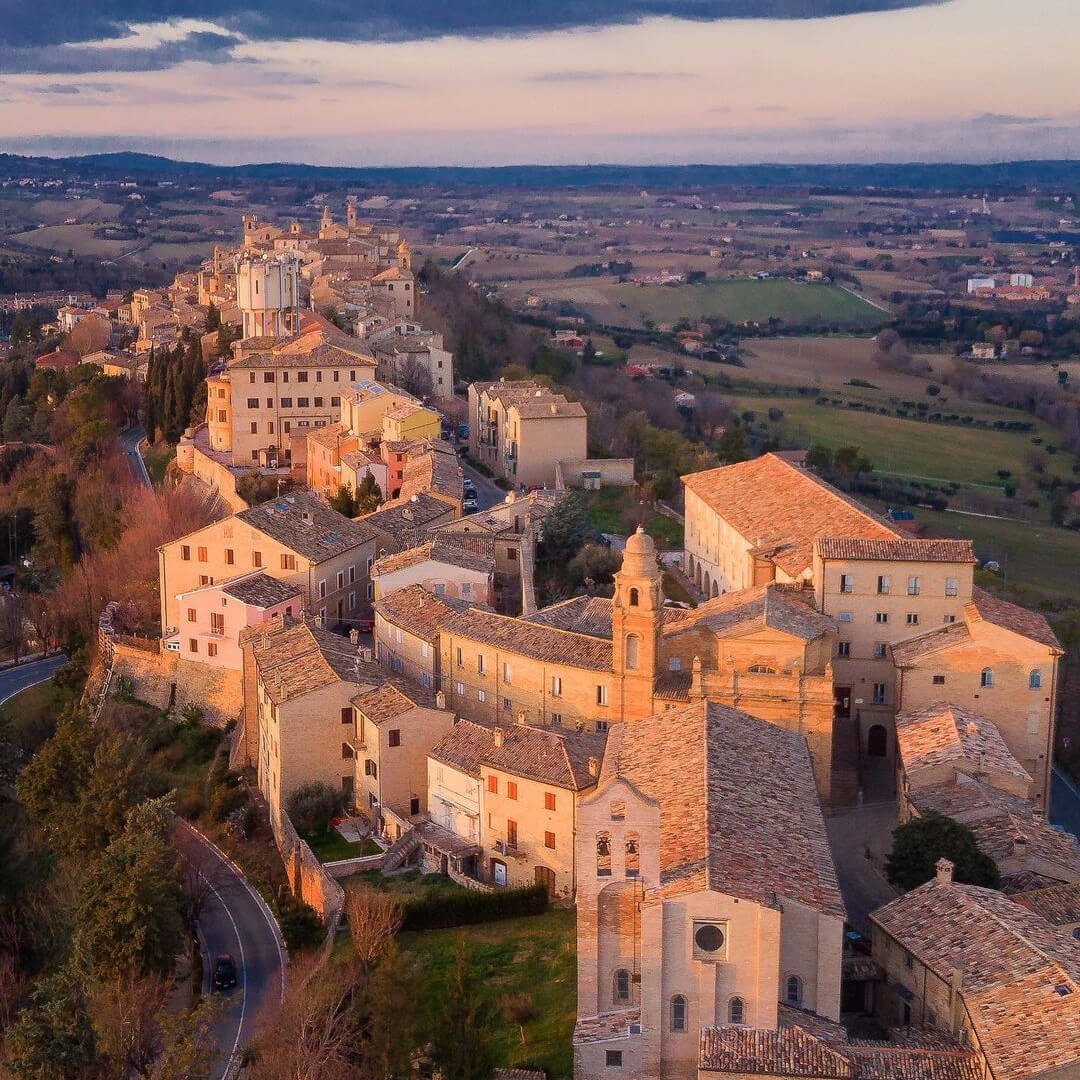Booking

Start your trip now by exploring our tours.
FIND THEM HERENYC4ALL is a full-fledged travel agency, primarily dealing with travel services in New York City but also offering a variety of services in other American cities such as – Boston, Washington DC, Philadelphia, Chicago, Miami, Orlando, New Orleans, Las Vegas, San Francisco, Los Angeles, San Diego. We offer both group services and private and personalized trips. We collaborate with many travel agencies in Italy and some in the US.
Passion for New York?
Subscribe to our newsletter and receive the news in advance
Subscribe to the newsletterWe organize day trips or multi-day excursions outside New York, ground transportation services from various airports for small or large groups, we enroll students in English courses for short or long periods in major cities in the United States, England, Australia, and Canada. We offer experiences with locals to fully experience one of New Yorkers’ favorite moments such as brunch by offering “brunch at a local’s home”. We help plan weddings in New York for those who decide to get married on the Brooklyn Bridge, Central Park, Dumbo, or other magical places. We book admission passes for various attractions, as well as Broadway shows, Madame Tussauds Museum, helicopter rides, cruises, on the road (OTR) services throughout America, and even seasonal services (for Halloween, Thanksgiving, Christmas, New Year).
Want to ask us something?
Get in touch with us to ask for information
CONSULENZA
Per supporto nell’organizzare del tuo viaggio a New York, creazione itinerari personalizzati, guide dettagliate sulla città e molto altro.
SCOPRI IL SERVIZIO
WHAT CUSTOMERS THINK
Not sure what to choose?
We can help you organize your trip in the best way














